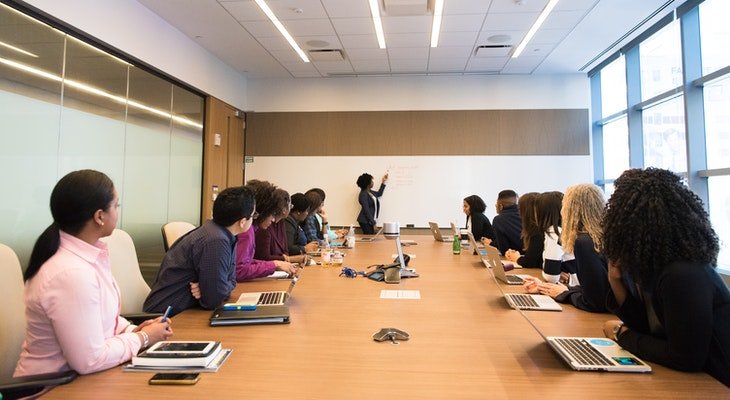Top Workplace Trends to Watch in 2020
April 13, 2020

Every company owes its success, at least in part, to the employees who do the work. This dictates that employees influence the workplace more than they realize. They also influence workplace trends. Employee influence is felt in everything from determining work schedules to figuring out the best way to process payroll.
We do our best to keep a finger on the pulse of workplace trends, especially as these affect payroll and HR function. We have identified a number of trends that we believe will make a substantial impact in 2020. We encourage our clients to pay attention to them as they unfold.
The internet age has led to us all being more connected than ever before. Mobile phones are no longer accessories, they are standard issue equipment for both work and personal life. This is good in many ways. But it's also bad. Mobility and connectivity have created a situation in which many workers feel like they can never disconnect.
Rest assured that this is becoming an issue, especially for younger workers who value a work-life balance. They are beginning to assert that employers who expect them to be reachable even after hours should be willing to reciprocate with flexible schedules and work locations. Younger employees are essentially looking for opportunities to better integrate their work with their personal lives through scheduling and where they actually work from.
The second trend we see is born directly from the corporate environment of the 1980s and 90s. Back then, growing corporations focused on processes that organized workflow and dictated exactly what each person should be doing at any given point in the day. The emphasis on process worked fine in the days before smartphones, mobility, and the cloud.
Today's workplace does not function well when highly constrained by process. As such, we see companies beginning to transition away from process in favor of innovation. In other words, they are looking for new ways to get things done that do not involve rigid processes. Younger workers thrive under innovation. They stagnate under the weight of process.
Focusing more on innovation and less on process ultimately leads to the need for greater employee engagement. Process allows managers to complete then disengage. It allows them to view workers as human resources whose only job is to complete a task. On the other hand, innovation doesn't require human resources. It requires engaged employees who contribute more than just repetitive mimicry.
Employee engagement began, as a trend, a few years ago. It just hasn't gained any traction until recently. Expect the concept to really take off this year. Engaging with employees as innovators will separate growing businesses from those that simply maintain over the next year or so.
It is difficult to talk about workplace trends without mentioning technology. Indeed, one particular technology promises to drive the shaping of tomorrow's workforce like nothing else: analytics. More specifically, we are talking about something known as 'people analytics'.
People analytics applies the principles of big data and analytics to the disciplines of recruiting and retention. It allows for recruiting, hiring, and retaining employees based on data rather than intuition and experience. People analytics ultimately reduces or completely eliminates human bias. The end result are jobs filled by the best available candidates and those candidates being retained by meeting as many of their needs as possible.
As an employer, you now know what to look for in workplace trends. Stay abreast of them. Each of these trends is likely to impact your business.